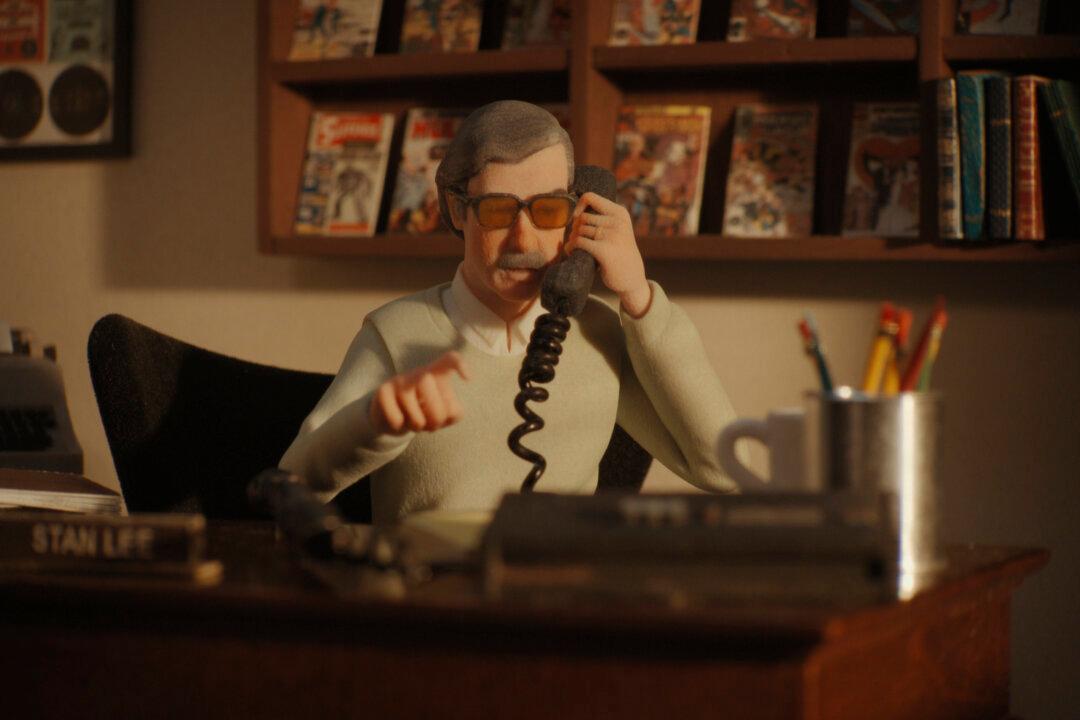Comics writer Stan Lee, today nearly synonymous with Marvel, is a figure beloved by many. Known for pushing the envelope in the comics medium, he has inspired countless creatives to pursue their vision.
Documentary filmmaker David Gelb, who expanded the visual language of the medium with his debut film “Jiro Dreams of Sushi” and created the iconic “Chef’s Table” series which spawned a new genre of food documentaries, has been a fan of Stan Lee and his work since childhood.






